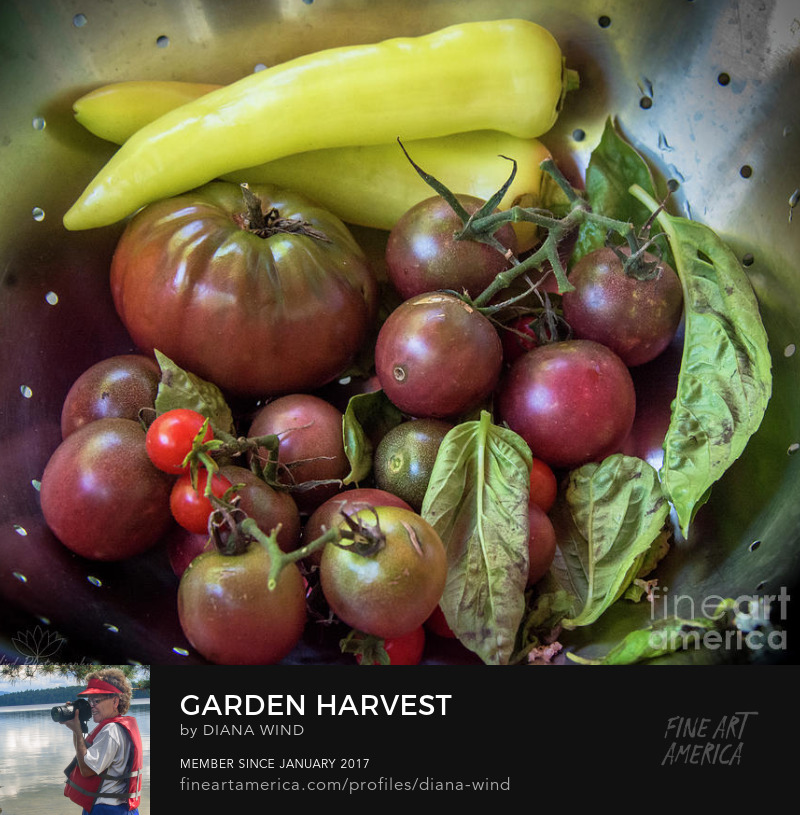Plant-a-Row
for the Hungry- Plant-a-Row for the Hungry is an ongoing, annual campaign sponsored by the Garden Writers Association (GWA)
- GardenCuizine blog is by Diana Wind, member of the GWA
- Plant vegetables, fruits, and herbs
- Bring your extra produce to a GardenCuizine drop off point, or a soup kitchen or food pantry nearest you
- Diana can mail you receipt(s) to have verified at the drop off site
You can make a difference!
2010 Plant-a-Row Supporters include:
- Whole Foods Market, Marlton, NJ - at their new community organic garden, Marlton Garden at Springside, breaking ground Friday, April 16th! For those in need of a garden plot contact: Marlton.Garden@WholeFoods.com or http://twitter.com/MarltonGarden
- Would you like to Plant-a-Row?
- www.foodbanksj.org The Food Bank of South Jersey - a nonprofit organization whose mission is to help eliminate hunger and malnutrition in the four counties it serves in southern New Jersey - Burlington, Camden, Gloucester and Salem.
- www.cathedralkitchen.org Camden Cathedral Soup Kitchen
Search for a Food Pantry: www.AmpleHarvest.org
For more information contact:
For more information contact:
Diana Wind - GardenCuizine @gmail.com
Plant-A-Row for the Hungry is sponsored by The Garden Writers Association -
www.gardenwriters.org or Call Toll Free (877) 492-2727
www.gardenwriters.org or Call Toll Free (877) 492-2727
 Related Links:
Related Links: USDA Food Security
Fruits and Veggies, More Matters































